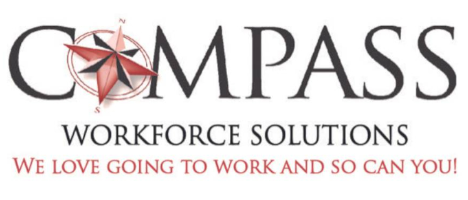[av_post_metadata post_selected=” seperator=’/’ before_meta_content=” after_meta_content=” margin=” margin_sync=’true’ padding=” padding_sync=’true’ av-desktop-margin=” av-desktop-margin_sync=’true’ av-desktop-padding=” av-desktop-padding_sync=’true’ av-medium-margin=” av-medium-margin_sync=’true’ av-medium-padding=” av-medium-padding_sync=’true’ av-small-margin=” av-small-margin_sync=’true’ av-small-padding=” av-small-padding_sync=’true’ av-mini-margin=” av-mini-margin_sync=’true’ av-mini-padding=” av-mini-padding_sync=’true’ align=’left’ custom_title=” size=” av-desktop-font-size=” av-medium-font-size=” av-small-font-size=” av-mini-font-size=” alb_description=” id=” custom_class=” template_class=” av_uid=’av-lixixky5′ sc_version=’1.0′ admin_preview_bg=”]
[av_metadata_item metadata=’published’ before_meta=” after_meta=” link_meta=’default’ link_target=” av_uid=’av-lixixgh0′ sc_version=’1.0′]
[av_metadata_item metadata=’categories’ before_meta=’in’ after_meta=” link_meta=’default’ link_target=” av_uid=” sc_version=’1.0′]
[/av_post_metadata]
 Research by the Institute for Corporate Productivity (i4cp) and the Center for Effective Organizations (CEO) has shown that a performance feedback culture positively impacts organizational financial success. To create that culture everyone within an organization, from the C-level down to line staff, needs to practice the science (and art) of feedback, which is not an easy feat.
Research by the Institute for Corporate Productivity (i4cp) and the Center for Effective Organizations (CEO) has shown that a performance feedback culture positively impacts organizational financial success. To create that culture everyone within an organization, from the C-level down to line staff, needs to practice the science (and art) of feedback, which is not an easy feat.
As we work toward strengthening our feedback “muscle,” too often we focus on the best ways to structure and express the right message. Long-standing lauded practices to elevate our feedback competency include providing feedback in a timely fashion, making it specific and descriptive, focusing on changeable behavior and not the person, and delivering our feedback with care and compassion. While many of these guidelines indeed capture general best feedback practices, if we want to optimize the impact of our feedback, we need to remember that one size does not fit all.
Beyond the general guidelines, we will need to hone our awareness of our individual team members’ behavioral and communication preferences and leverage that insight if we want to increase the degree of impact our feedback actually has.
Let’s take for example two team members who differ along the extroversion-introversion continuum. An extroverted team member may be just fine with us providing them with direct and to the point feedback “in the moment” and will most likely want to engage in a lively discussion around that feedback. In contrast, team members with a tendency for introversion will be much more likely to be receptive to our feedback if we schedule a time in advance to share our feedback, explain the “why” behind it, offer them the details and allow them time to process that feedback before responding, giving them the option to do so in writing.
In a similar vein, offering big picture feedback and framing it in terms of its impact on an individual’s performance and goals and delivering that feedback in a direct and assertive way may work well for a team member who is high in initiative and drive to succeed. However, that approach may not land as well with a team member who is more driven by teamwork and collaboration. In their case, framing the feedback in terms of its impact on the team and the team’s success would be far more meaningful and impactful in motivating change.
Finally, let’s think of our team members who prefer stability and proven routines. Unlike their colleagues who are driven by variety and frequent change of pace, they will need to understand why this feedback and the need to change are important, what will be the specific changes they will need to make and then be allowed the time to process and accept the feedback before taking the needed action.
By taking the time to understand what drives and motivates our team members, what are their learning and communication styles and behavioral preferences in how they approach work, we can tailor our feedback in a way that optimizes its impact. This is an area where we can lean on assessments such as the Predictive Index Behavioral Assessment to gain such insights about our team members quickly and early in our working relationships.
To learn more about how to supercharge your feedback capabilities in your company, feel free to reach out to connect with one of our certified PI practitioners.
[av_codeblock wrapper_element=” wrapper_element_attributes=” codeblock_type=” alb_description=” id=” custom_class=” template_class=” av_uid=’av-lixiydun’ sc_version=’1.0′]
[/av_codeblock]








